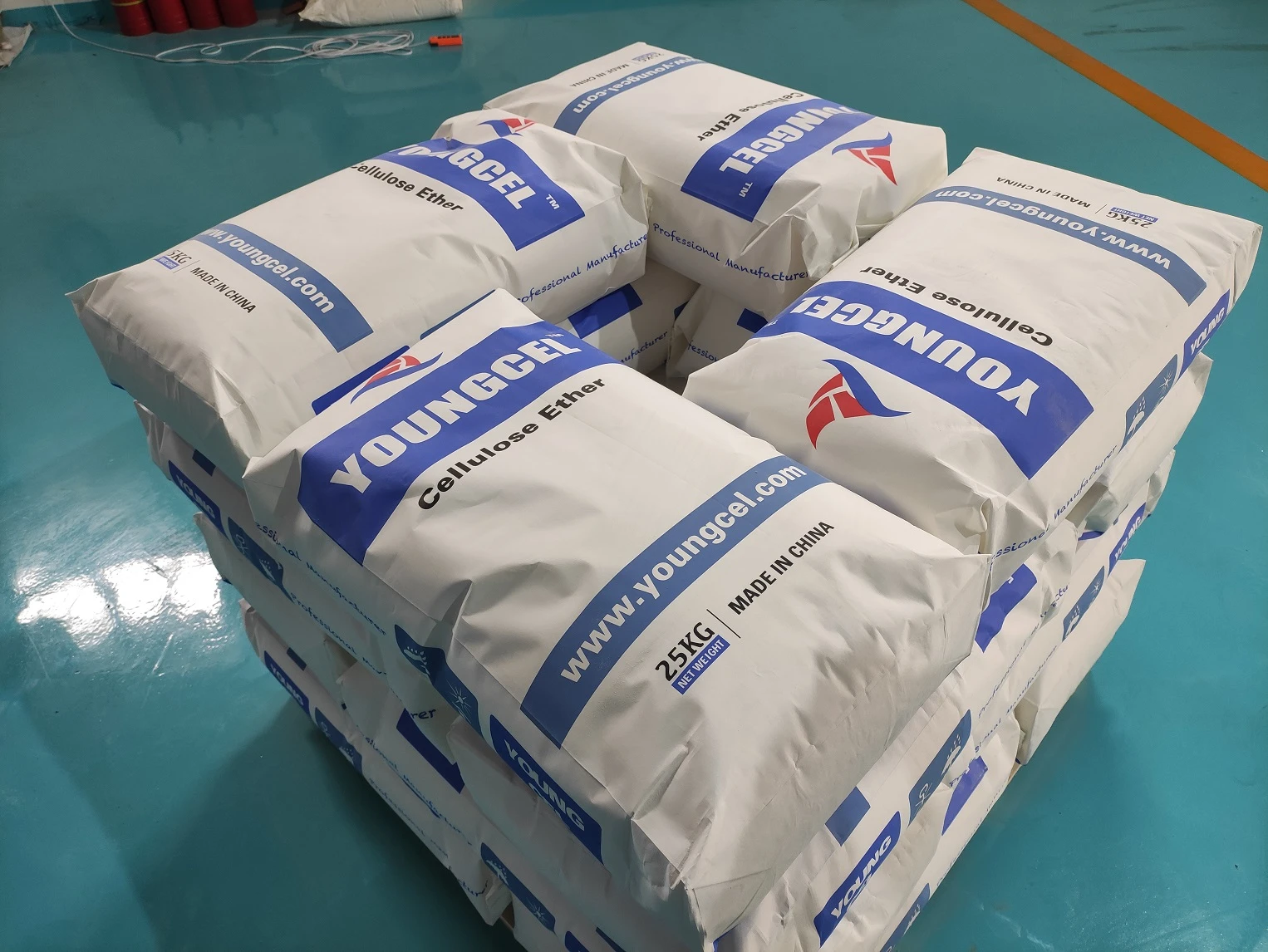The Versatility and Applications of MHEC Powder
MHEC, or Methyl Hydroxyethyl Cellulose, is a non-ionic cellulose ether derived from cellulose, widely used in various industrial applications due to its unique properties. This versatile powder has revolutionized many sectors, particularly in construction, pharmaceuticals, and food industries. In this article, we will explore the characteristics, benefits, and applications of MHEC powder.
MHEC powder is known for its excellent water retention, thickening, and film-forming capabilities. It is a white, free-flowing powder that is soluble in water, forming a clear, viscous solution. One of its remarkable attributes is its ability to retain moisture, which is crucial in applications where hydration is necessary. The molecular structure of MHEC allows for the interaction with water molecules, making it an ideal additive in products that require a stable and consistent viscosity.
The Versatility and Applications of MHEC Powder
In the pharmaceutical sector, MHEC is utilized primarily as a binder and thickener in the formulation of tablets and gels. Its non-ionic nature allows it to be compatible with various active pharmaceutical ingredients (APIs), ensuring uniformity in the distribution of the drug. Additionally, MHEC provides controlled release properties, which are essential in the development of extended-release formulations. The ability of MHEC powder to form gels also makes it valuable in topical preparations, ensuring adequate viscosity and stability.
mhec powder

The food industry has also harnessed the benefits of MHEC powder. It is often used as a thickening and stabilizing agent in various food products, including sauces, dressings, and dairy items. MHEC contributes to the texture and mouthfeel of food, enhancing the overall sensory experience for consumers. Moreover, its ability to retain moisture can improve the shelf-life of products, making it a valuable ingredient for manufacturers aiming to reduce waste and improve quality.
The environmental impact of MHEC powder is another aspect worth noting. Being a cellulose derivative, it is derived from natural sources and is biodegradable. This aligns with the growing trend towards sustainable practices in various industries, as companies aim to reduce their carbon footprint and promote eco-friendly materials.
Despite its wide-ranging applications, proper handling and formulation are essential when using MHEC powder. Factors such as temperature, pH, and concentration levels must be carefully controlled to achieve the desired viscosity and performance. Additionally, MHEC should be stored in a dry environment to prevent clumping and degradation.
In conclusion, MHEC powder is an essential ingredient in many sectors due to its versatility and beneficial properties. Its role in enhancing the performance of construction materials, improving pharmaceutical formulations, and contributing to food texture makes it a valuable component in modern industrial applications. As industries continue to evolve, the demand for effective and sustainable additives like MHEC powder is likely to grow, solidifying its place as a crucial material in various formulations.
-
Rdp that The Revolutionary Polymer Powder Transforming Modern Construction MaterialsNewsAug.11,2025
-
Hpmc Powder that Versatile Additive for Detergents and Personal CareNewsAug.11,2025
-
Hpmc Hydroxypropyl Methylcellulose that Essential Building Material Additive from Shijiazhuang Gaocheng YongfengNewsAug.11,2025
-
Hydroxypropyl Methyl Cellulos Hpmc that Essential for Construction ApplicationsNewsAug.11,2025
-
Mhec Powder that Revolutionizing Construction Chemistry with Cellulose Ether SolutionsNewsAug.11,2025
-
Industri Hpmc that The Global Backbone of Advanced ConstructionNewsAug.11,2025




